Ella Ward Parsons Camellia – 3 Gallon Pot
$84.97 Original price was: $84.97.$59.48Current price is: $59.48.
SKU: D2LSC 2737234048 Category: RARE PLANTS
- Shop with ease, buy with confidence.
- Safe and Secure Payments, Always
- Prompt service, every time.
- Fast, friendly, always here to help.

Ella Ward Parsons Camellia
Camellia japonica ‘Ella Ward Parsons’
Plant Details
USDA Plant Hardiness Zones: 7a-9b Find Your Zone
Plant Type: Evergreen Flowering Shrub
Species: Japonica (Winter, Spring blooming)
Height at Maturity: 6-10′ depending on pruning
Width at Maturity: 6-8′ depending on pruning
Spacing: 5′ for solid hedge; 12’+ for space between plants
Flower Color: Blush Pink with Orchid Pink and White centers
Flower Size: 4″
Flowering Period: Late Winter, Early Spring
Flower Type: Formal Double to Double Rose form
Fragrant Flowers: No
Foliage Color: Dark Green
Fragrant Foliage: No
Berries: No
Berry Color: NA
Sun Needs: Morning Sun with Afternoon Shade or Filtered Sun, All Day Filtered Sun
Water Needs: Average, Lower when established
Soil Type: Clay (amended), Loam, Sand (amended), Silt
Soil Moisture / Drainage: Moist But Well Drained
Soil pH: 5.0 – 6.5 (Acid)
Maintenance / Care: Low
Attracts: Visual Attention
Resistances: Deer, Drought (when established), Heat, Humidity
Intolerances: Direct Afternoon Sun, Constantly Soggy Soil
Description
Ella Ward Parsons is one of the most incredibly beautiful and glorious Camellia japonica in our late winter and spring garden. She features an abundance of large, 4 inch diameter formal double to rose form blush-pink flowers with a whopping 60 petals that are a glowing white at the center of the flower and delicately “airbrushed” orchid-pink around the edges. A dense grower deep green glossy leaves that are the perfect background to display the magnificent flowers in all their glory. A must for Camellia enthusiasts! To enjoy the flowers indoors display several cuttings in vase or float just one in a bowl of water.
History
This Camellia was introduced in 1968 and named after Ella Ward Parsons, wife of the president of the American Camellia Society. She and her daughter Alison were national judges for the American Camellia Society and Alison was the President of the Society in 1967-68. They lived in the Norfolk, Virginia area and always maintained a home in Hebron.
This Camellia was introduced in 1968 and named after Ella Ward Parsons, wife of the president of the American Camellia Society. She and her daughter Alison were national judges for the American Camellia Society and Alison was the President of the Society in 1967-68. They lived in the Norfolk, Virginia area and always maintained a home in Hebron.
Landscape & Garden Uses
Growing 6 to 10 feet tall and wide depending on pruning, the Desire Camellia can be grown as a large shrub or small tree. As a shrub it is ideal for use as a specimen, in groupings, or as a hedge or background plant in landscape borders and is especially nice as a corner plant or espalier (trained to grow flat against a wall) in home foundation plantings. As your camellia plant grows taller, lower branches can be removed to form a small tree that serves well as an attractive and colorful specimen in landscape borders and home foundation plantings. A fine selection for camellia gardens, white theme gardens, cottage gardens, cut flower gardens and woodland borders. Also suitable for containers that can be brought indoors during winter by those who garden above USDA Zone 7a, where this camellia variety is not reliably winter hardy. Find Your Zone
Spacing: 4 feet apart for solid hedge; 12 feet or more apart for space between plants
Growing Preferences
Camellia adapt well to various soil types preferring a moist but well-drained acidic soil that is rich in organic matter. Constantly soggy or wet soil is a slow killer. In general, Camellia grows and blooms better in partial shade with some shelter from the hot afternoon sun. Morning sun with afternoon shade or filtered sunlight is perfect. All-day filtered sun is fine.
Helpful Articles
Click on a link below to find helpful advice from our experts on how to plant and care for Camellias.
- Planting Camellias
- Pruning Camellias
- How To Fertilize & Water Camellias
- How To Espalier Plants & Trees
*Espalier (pronounced: ih-spal-yay) …an ornamental shrub or tree that has been trained to grow flat against a wall, fence, or other vertical, flat surface.
Plant Long & Prosper!
Meet The Wilson Brothers & Staff
Questions? Contact Us
Be the first to review “Ella Ward Parsons Camellia – 3 Gallon Pot” Cancel reply
Related products
Sale!
Sale!
Sale!
RARE PLANTS
Sale!
RARE PLANTS
Sale!
RARE PLANTS
Sale!
Sale!
Sale!
RARE PLANTS

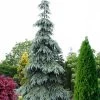

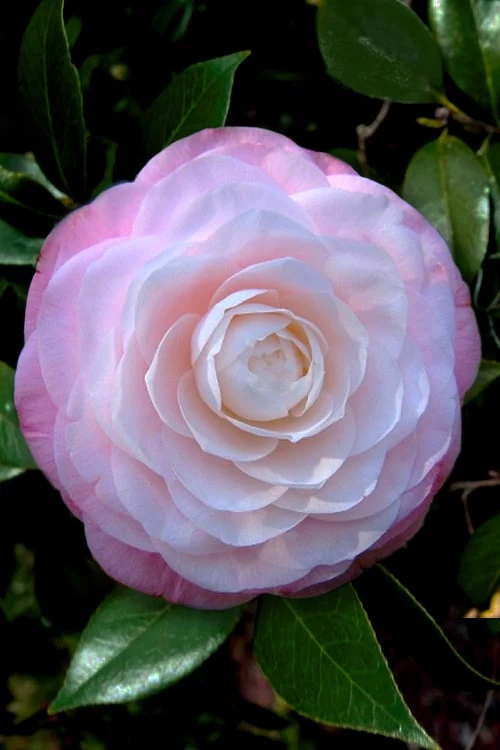
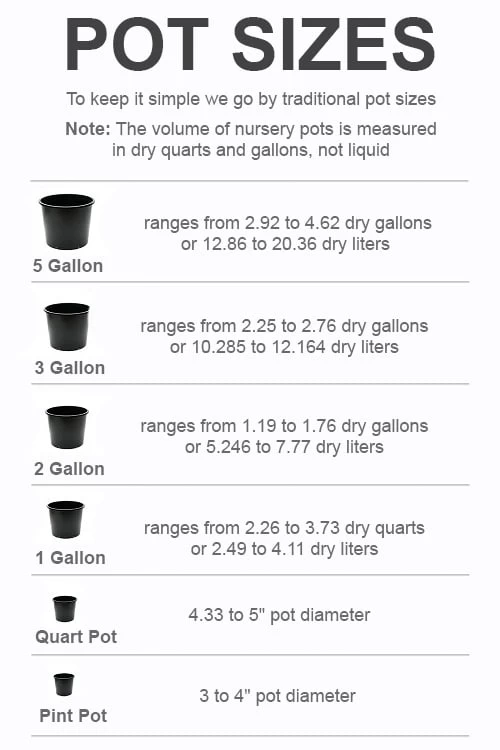


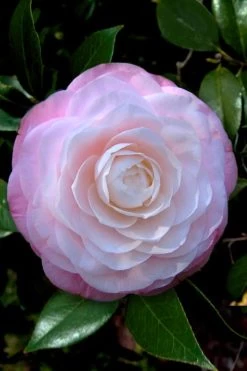
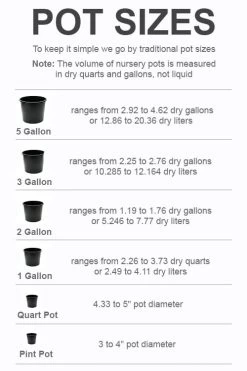
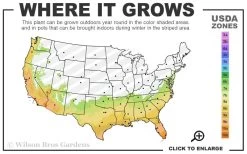
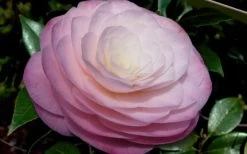
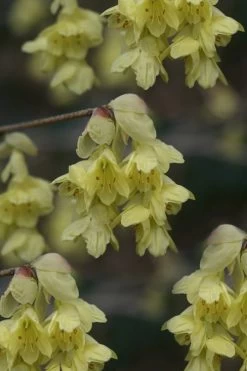
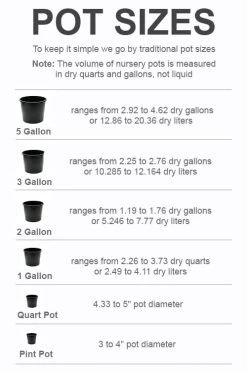
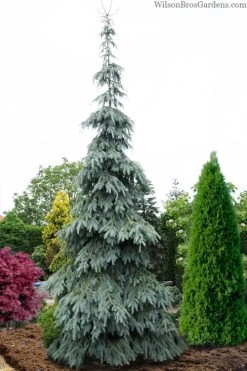
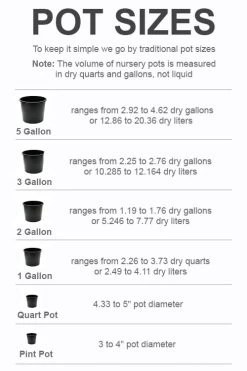

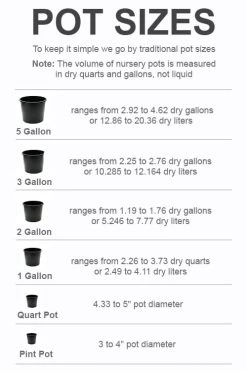
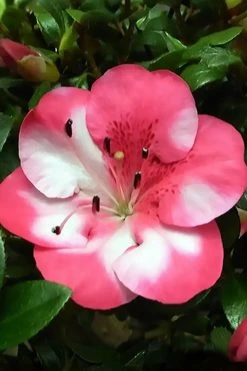
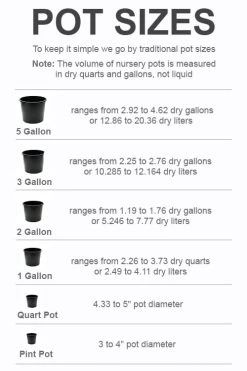
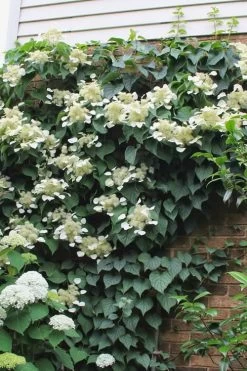

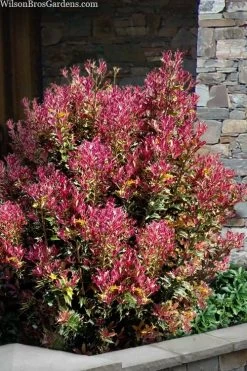
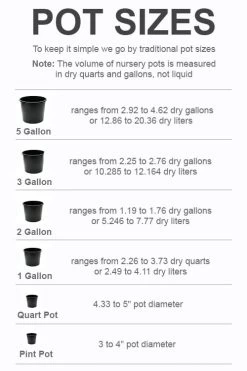

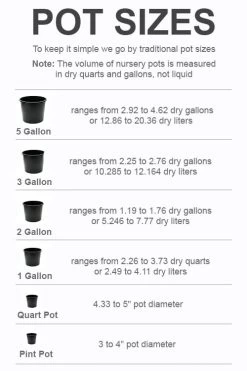
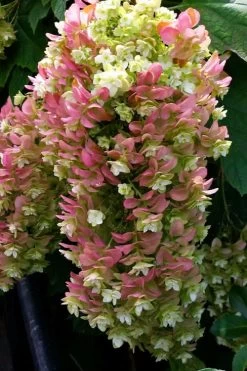
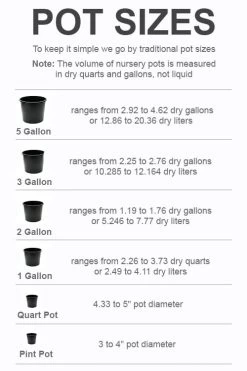
Reviews
There are no reviews yet.